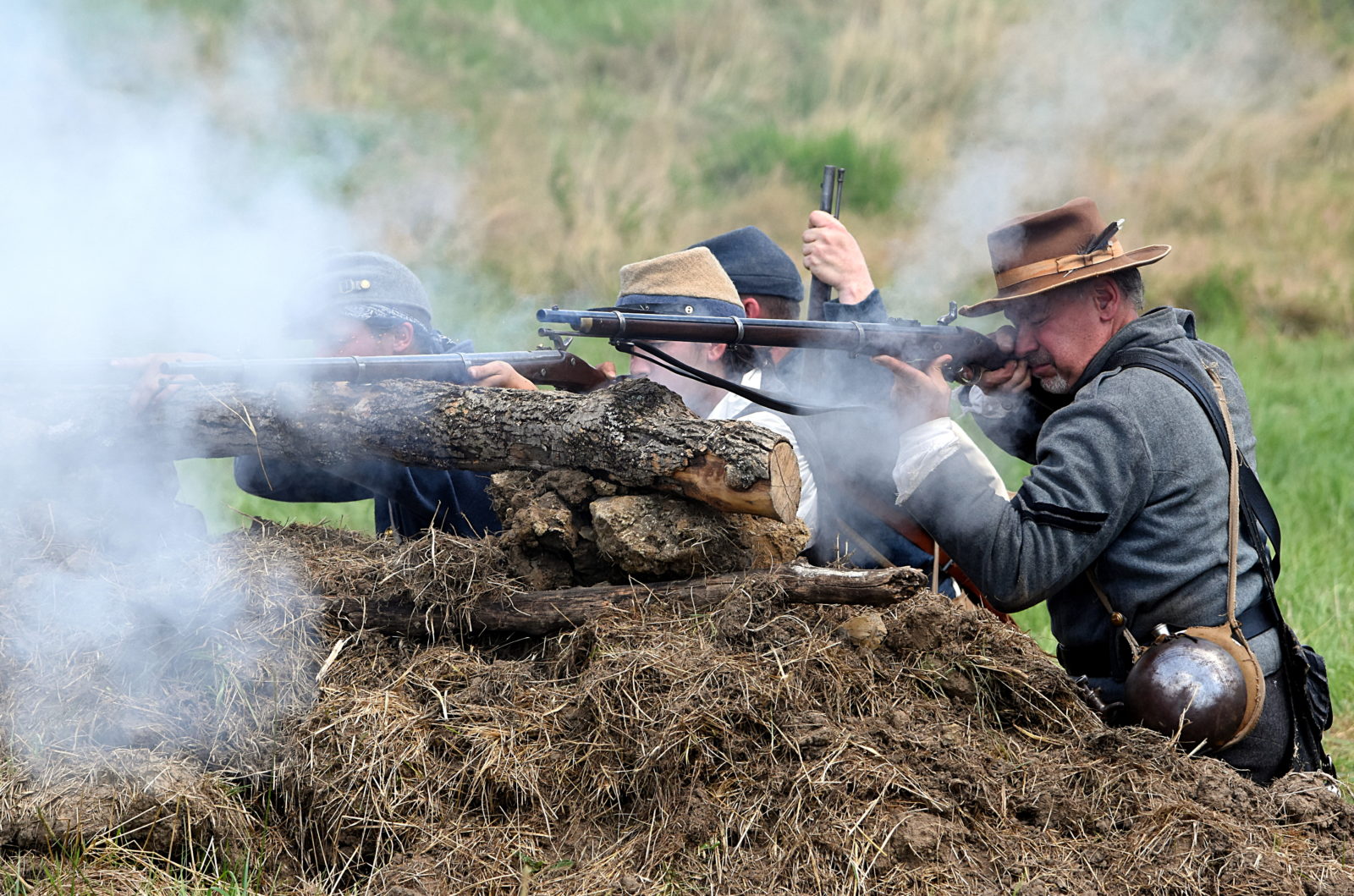It was October 5, 1864; and General Sherman had begun his famous “March to the Sea.” His army was camped near Atlanta while Confederate General Hood had gained the rear and was actively destroying the railroad. Heading north, Hood burned blockhouses and captured many Union Soldiers. Sherman had his men begin pursuing Hood to save the supplies and larger posts, the principal one of which was located at Altoona Pass. By the time Sherman arrived at Altoona, however, the fort was surrounded by Hood’s men. From 20 miles away on Kenesaw Mountain, Sherman signaled with white flags, ‘Hold the fort; I am coming. W.T Sherman”. Cheers resounded from the fort; and for three hours, the Union soldiers held the Confederates at bay until Sherman and his men arrived. Over half the soldiers at the fort lost their lives, but Sherman’s message and arrival eventually saved the day. Major Whittle, a former Union general, related this story one evening at a Sunday School Convention in Rockford, Illinois, some years after the war. In the audience that evening was the famous evangelist, D. L. Moody, the writer of the hymn, who was accompanied by Phillip P. Bliss, the composer of the melody. Major Whittle used the Civil War story to close the meeting. saying that Christians should never give in to Satan’s attacks, for we have the promise of Christ’s return and with that, victory over death and sin. So, he said, we are to ‘Hold the Fort’, as it were, until our Savior arrives. That was all Bliss needed; and by the next day, ‘Hold the Fort’, complete with music, was presented to D.L. Moody by Phillip Bliss. In a very short time indeed, that very hymn became the number one favorite Sunday School song in both the U.S.A. and Great Britain. Not long after this Phillip Bliss died, and sometime later a tall granite obelisk was erected in Rome, Pennsylvania, a memorial to his hymn writing, and in particular, the one he called ‘Hold the Fort’. It is my understanding that the boys and girls of Sunday Schools all across England, Ireland, Scotland, Wales and the U.S.A had sent their pennies to Mr. D.L. Moody to pay for the erecting of that monument, requesting also that these words be etched upon it, P. P. Bliss, Author of ‘Hold the Fort’. You see, as far as all of those children were concerned that was the best song Mr. Bliss had ever written, and I, for one, agree with them!

